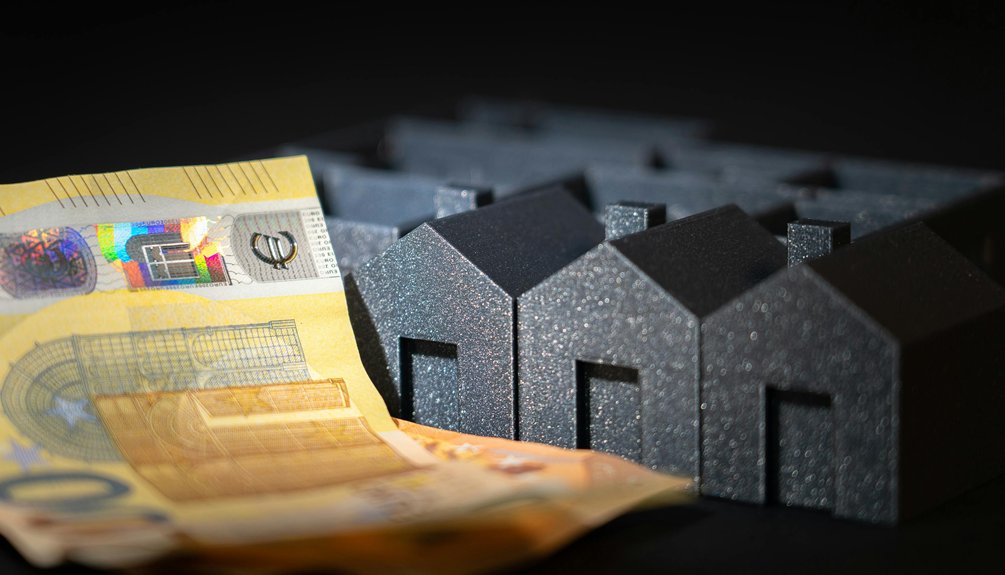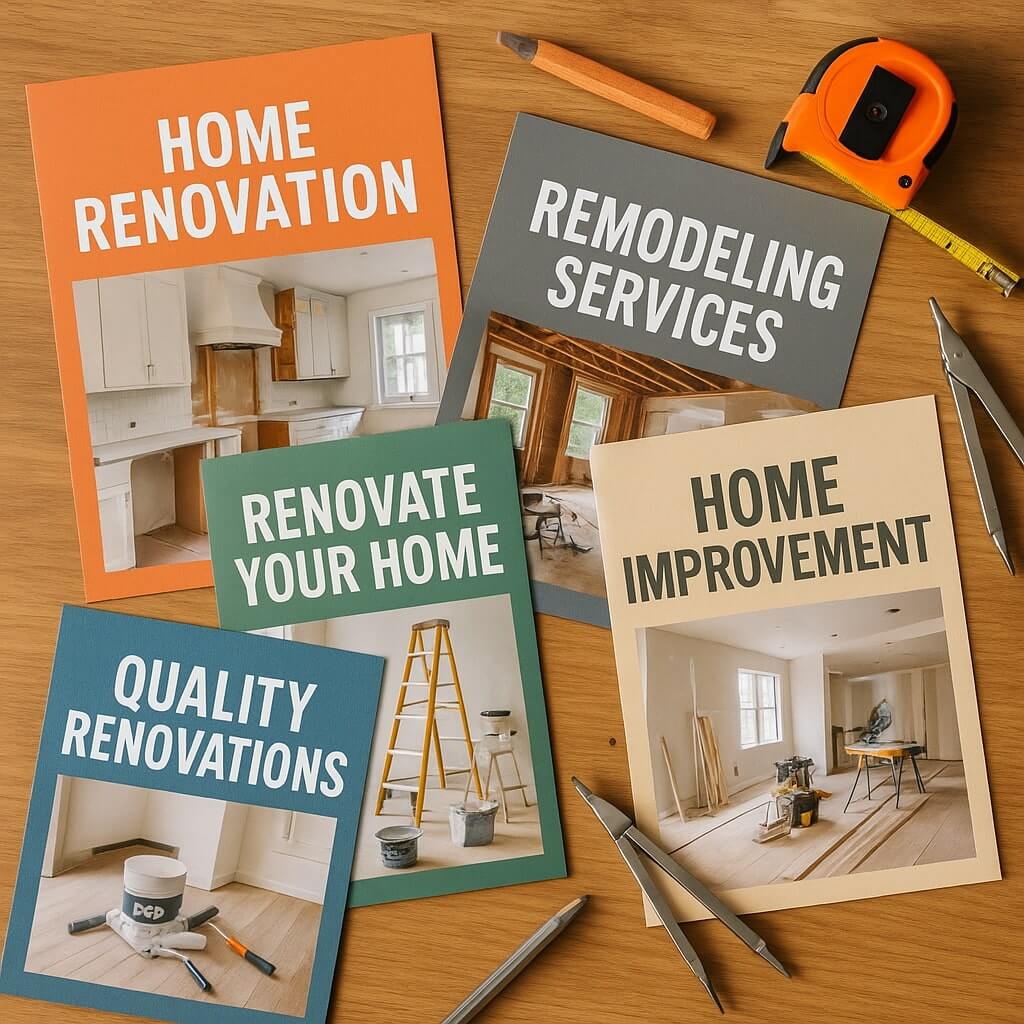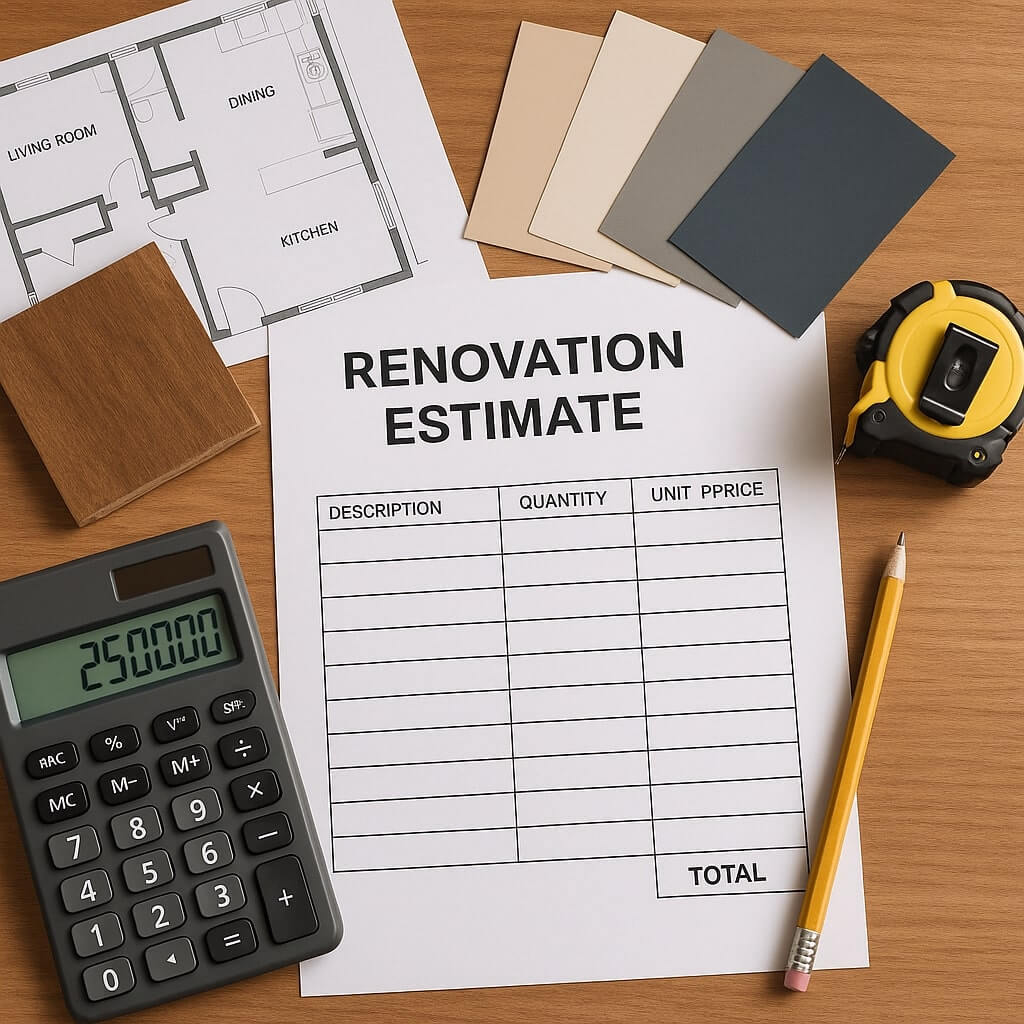When renovating for a multigenerational home, you need to take into account three essential features: flexible living spaces, enhanced accessibility, and private retreats. Each element plays a vital role in creating a functional environment that meets diverse needs. Flexible layouts foster interaction, while accessibility guarantees everyone can navigate the space comfortably. Private retreats, on the other hand, provide individuals with the solace they require. But how do you effectively integrate these aspects into your design?
Key Takeaways
- Create flexible living spaces that adapt to various activities and foster communication among family members.
- Ensure enhanced accessibility by incorporating universal design principles for all ages and abilities.
- Design private retreats with soundproofing and personal spaces for individual comfort and independence.
- Balance shared and private areas to meet diverse family needs while maintaining a cohesive design.
- Future-proof renovations by implementing adaptable layouts and materials that accommodate evolving family dynamics.
Flexible Living Spaces

As families evolve and needs change, flexible living spaces become essential in multigenerational home renovations.
You’ll want to take into account open layouts that foster communication and connection among family members while allowing for personal privacy.
By designing multifunctional areas, you can create spaces that adapt to various activities, whether it’s a family gathering or a quiet workspace.
Designing multifunctional spaces allows your home to seamlessly transition from lively gatherings to serene work environments.
Incorporating movable partitions or modular furniture can transform a single room into multiple uses, enhancing utility without sacrificing style.
Prioritizing these features not only meets current needs but also anticipates future changes, ensuring your home remains functional and welcoming for years to come.
Enhanced Accessibility

When planning a multigenerational home renovation, prioritizing enhanced accessibility is crucial to accommodate family members of all ages and abilities. Incorporating universal design principles guarantees that spaces are intuitive and usable for everyone.
Consider features like wider doorways, zero-step entries, and lever-style door handles to create a barrier-free environment. Non-slip flooring and proper lighting can further improve safety and usability.
Additionally, installing grab bars in bathrooms and adjustable-height countertops in kitchens can considerably enhance daily living.
Private Retreats

How can you create a sense of personal space in a multigenerational home? Incorporating private retreats is crucial. Design private entrances for family members to guarantee independence and privacy. Soundproof rooms can help reduce noise and create a serene atmosphere for relaxation or work. Consider the following elements for effective private retreats:
| Feature | Benefits | Considerations |
|---|---|---|
| Private Entrances | Independence | Accessibility needs |
| Soundproof Rooms | Noise reduction | Construction costs |
| Dedicated Spaces | Personalization | Design coherence |
| Flexible Layouts | Adaptability | Future needs |
| Natural Light | Mood enhancement | Orientation |
These features enhance comfort while respecting everyone’s need for space.
Conclusion
Incorporating flexible living spaces, enhanced accessibility, and private retreats is essential for a successful multigenerational home renovation. By designing areas that adapt to various activities, you foster family interaction while ensuring that everyone can navigate the space comfortably. Prioritizing personal retreats offers essential downtime for all family members. By thoughtfully integrating these key features, you create a harmonious environment that balances connection with individual needs, ultimately enhancing the overall living experience for everyone in the household.




